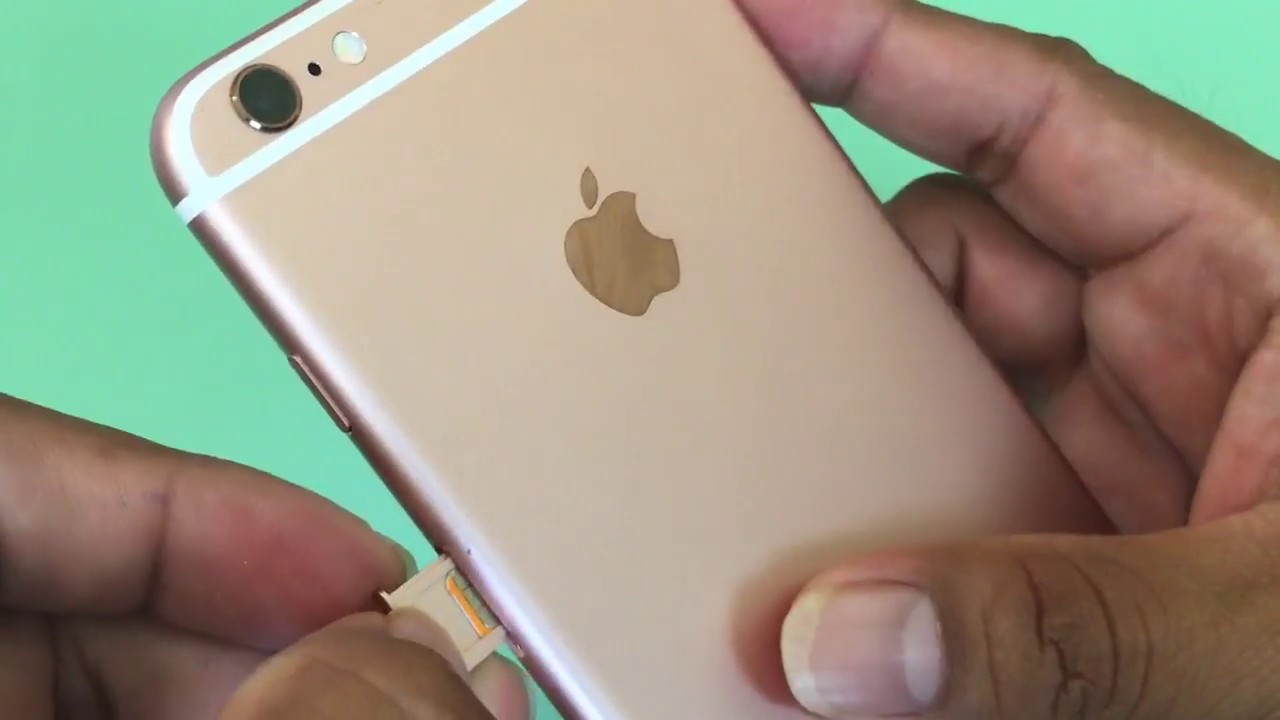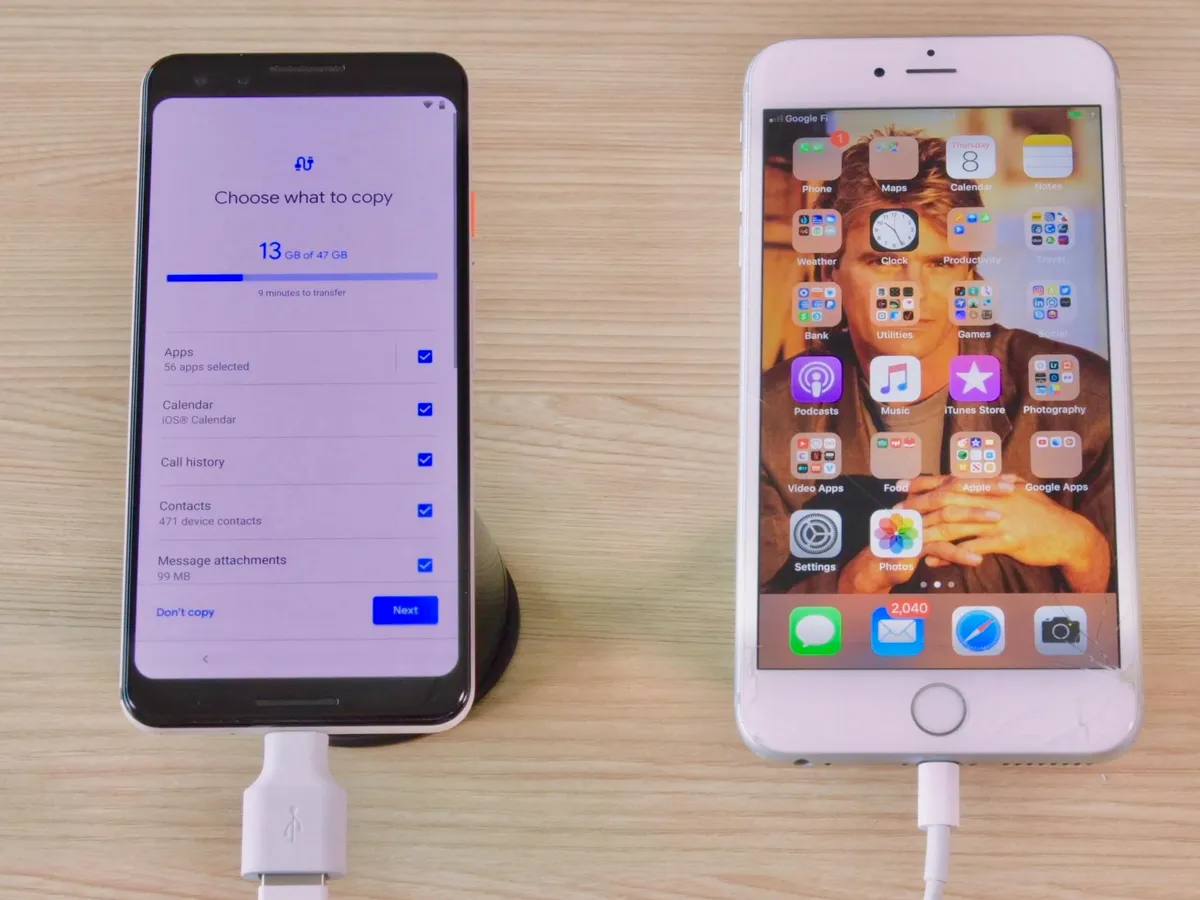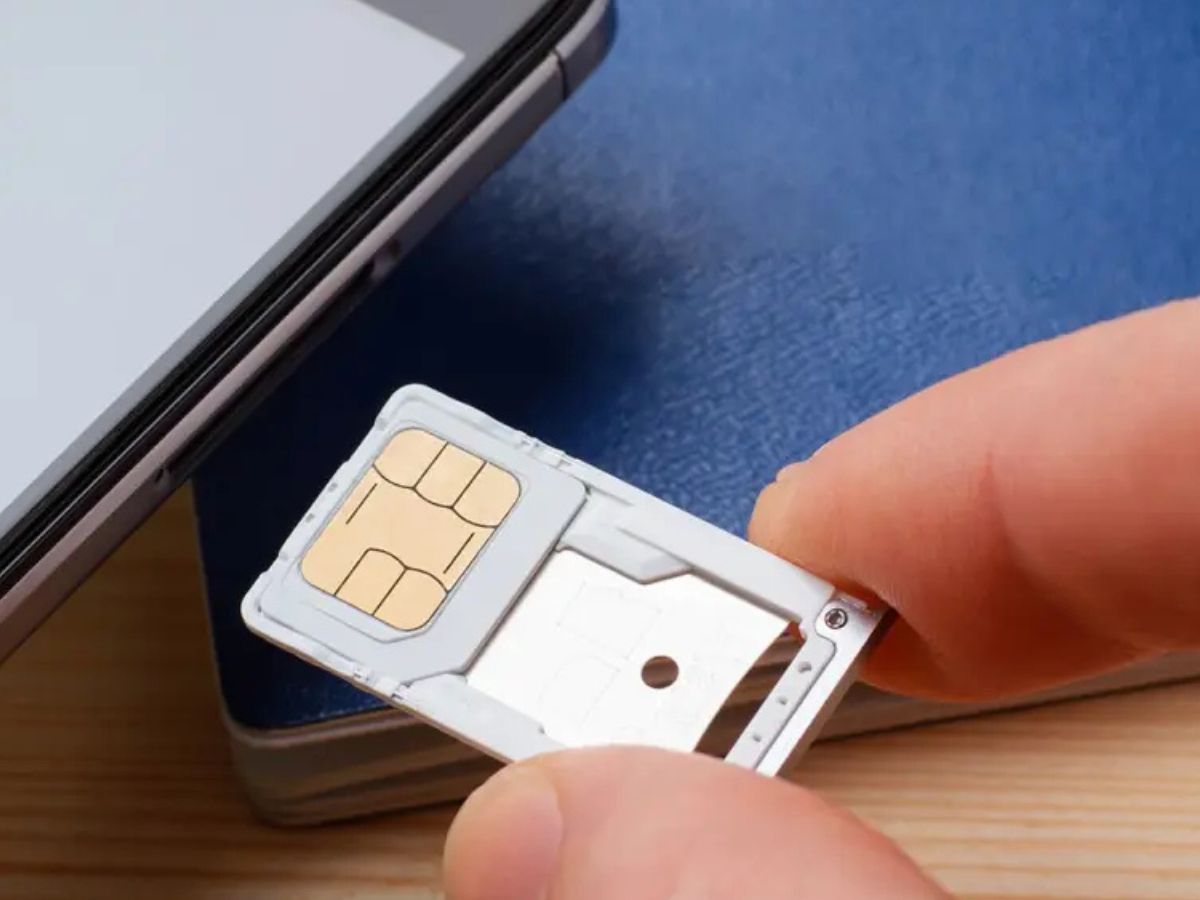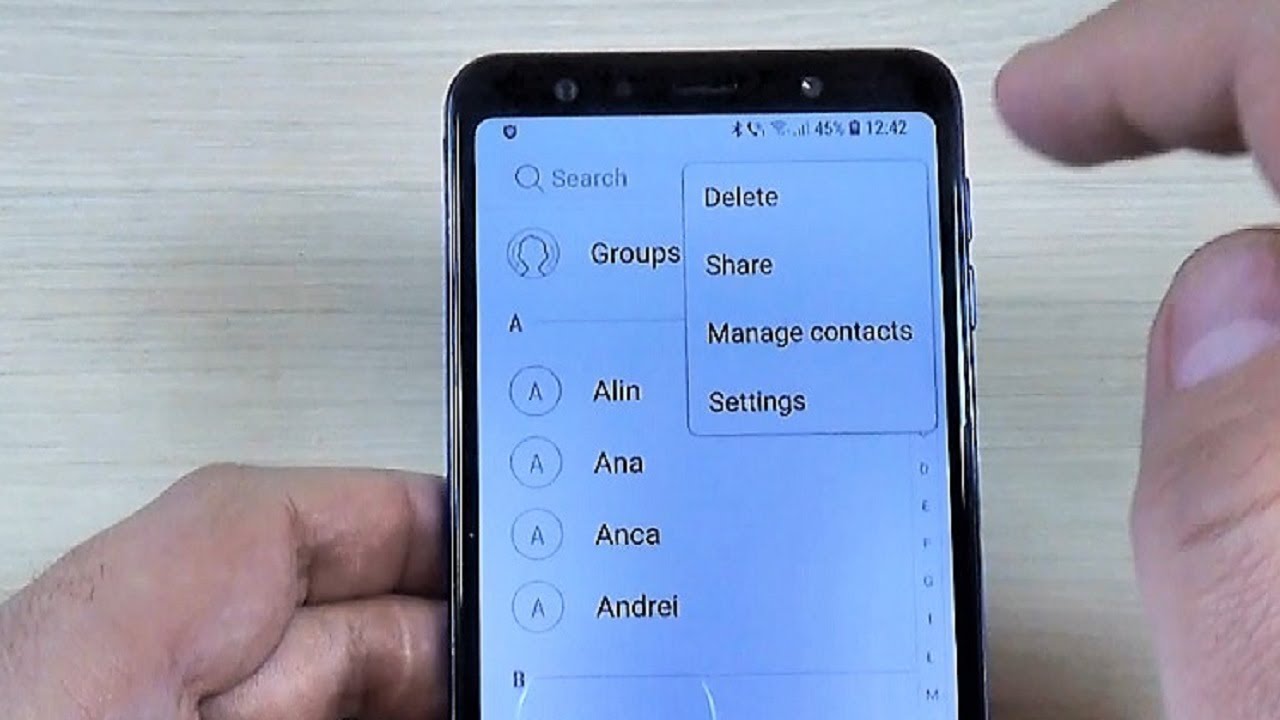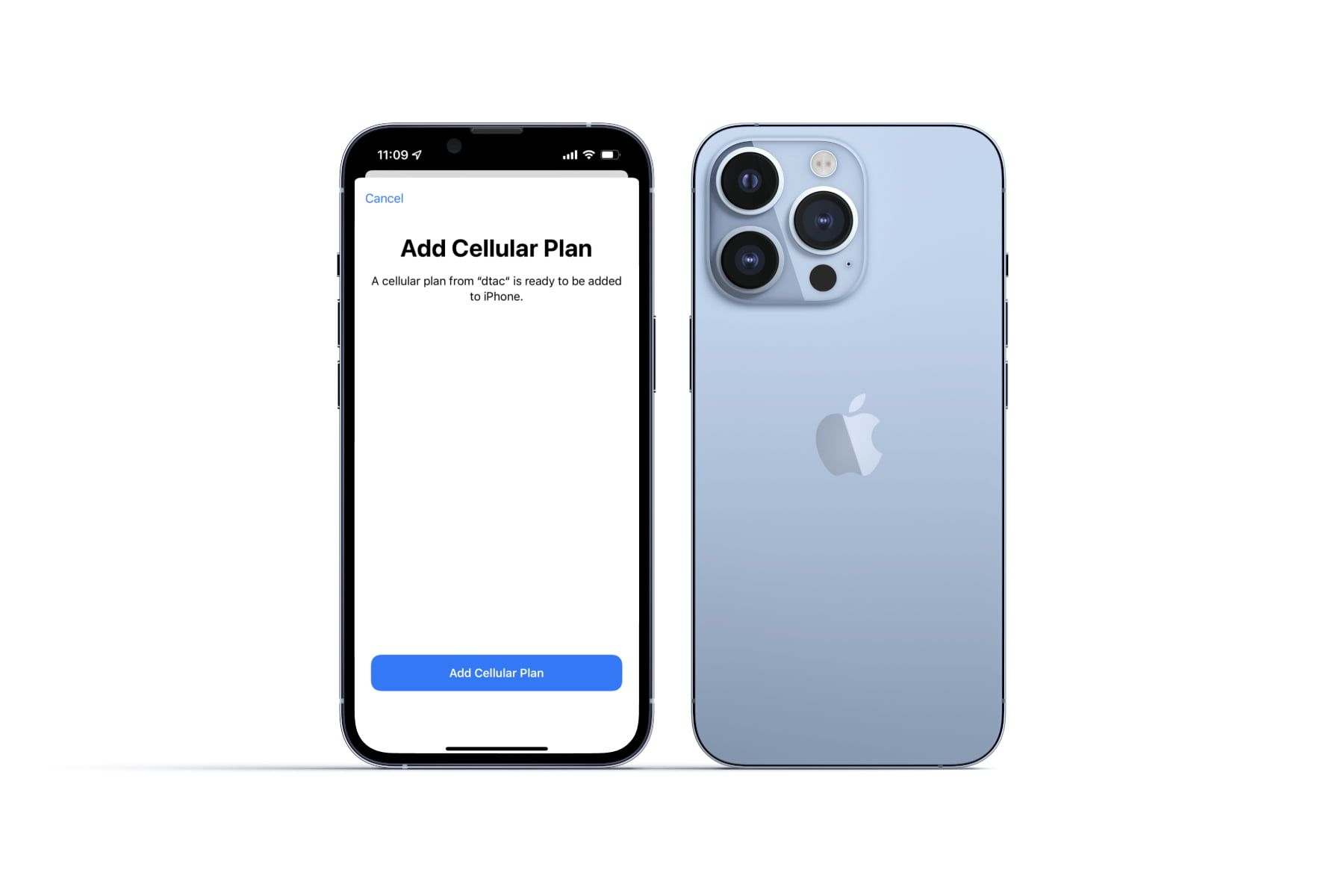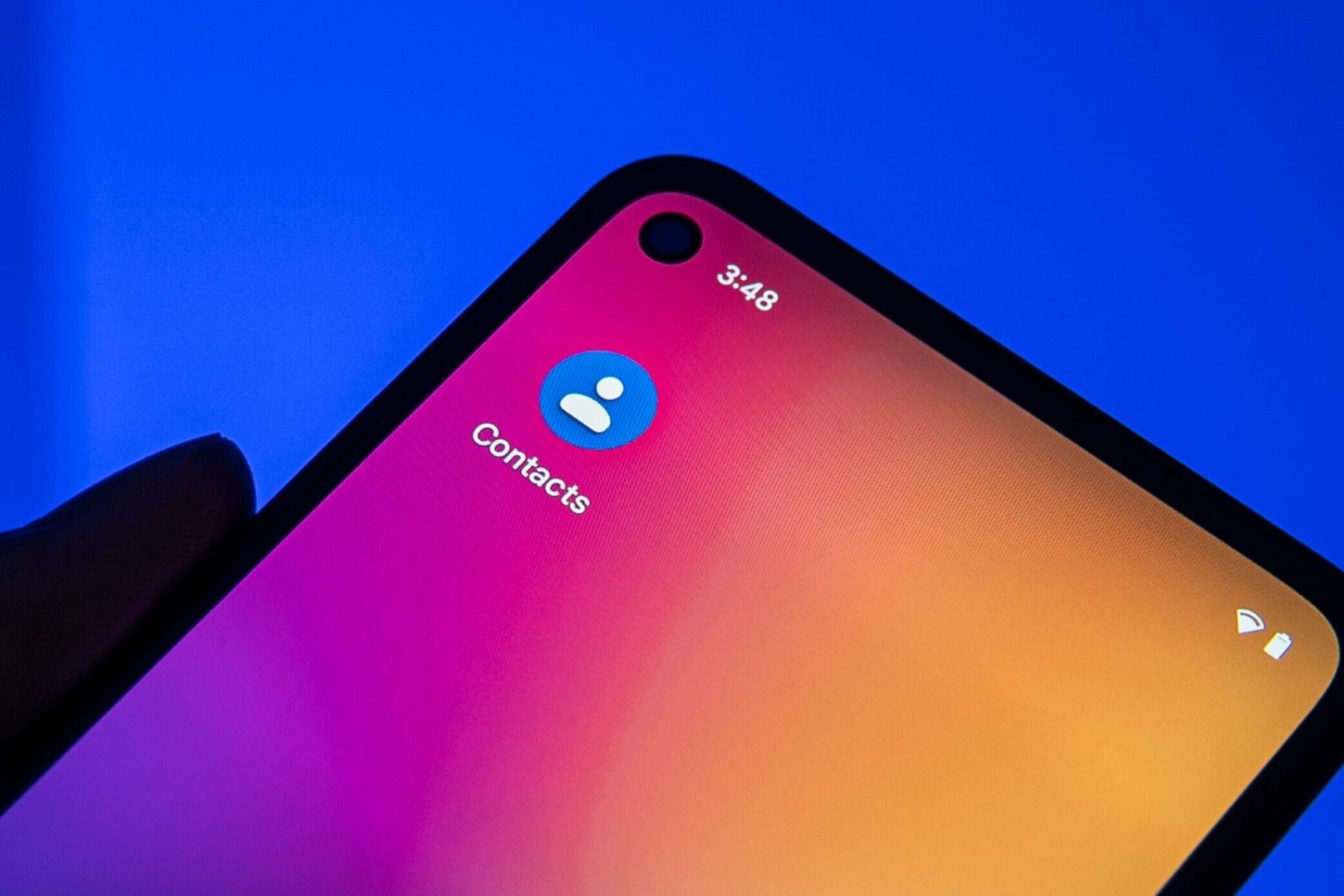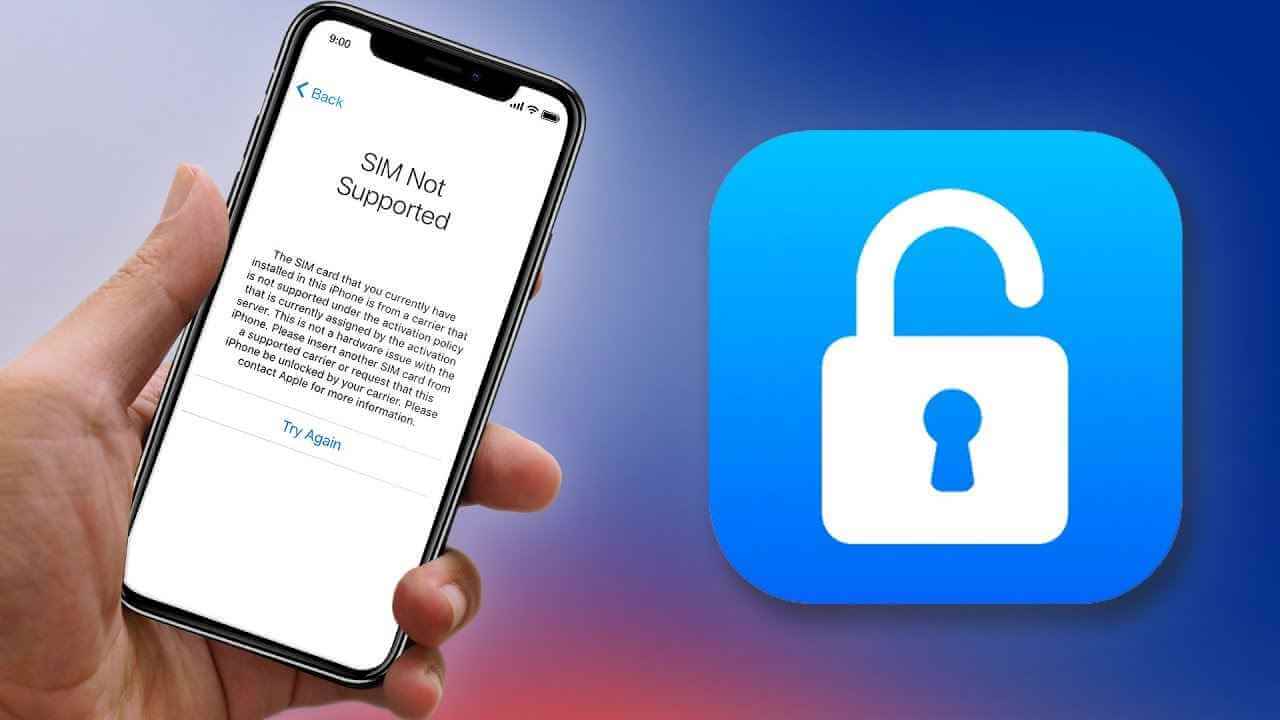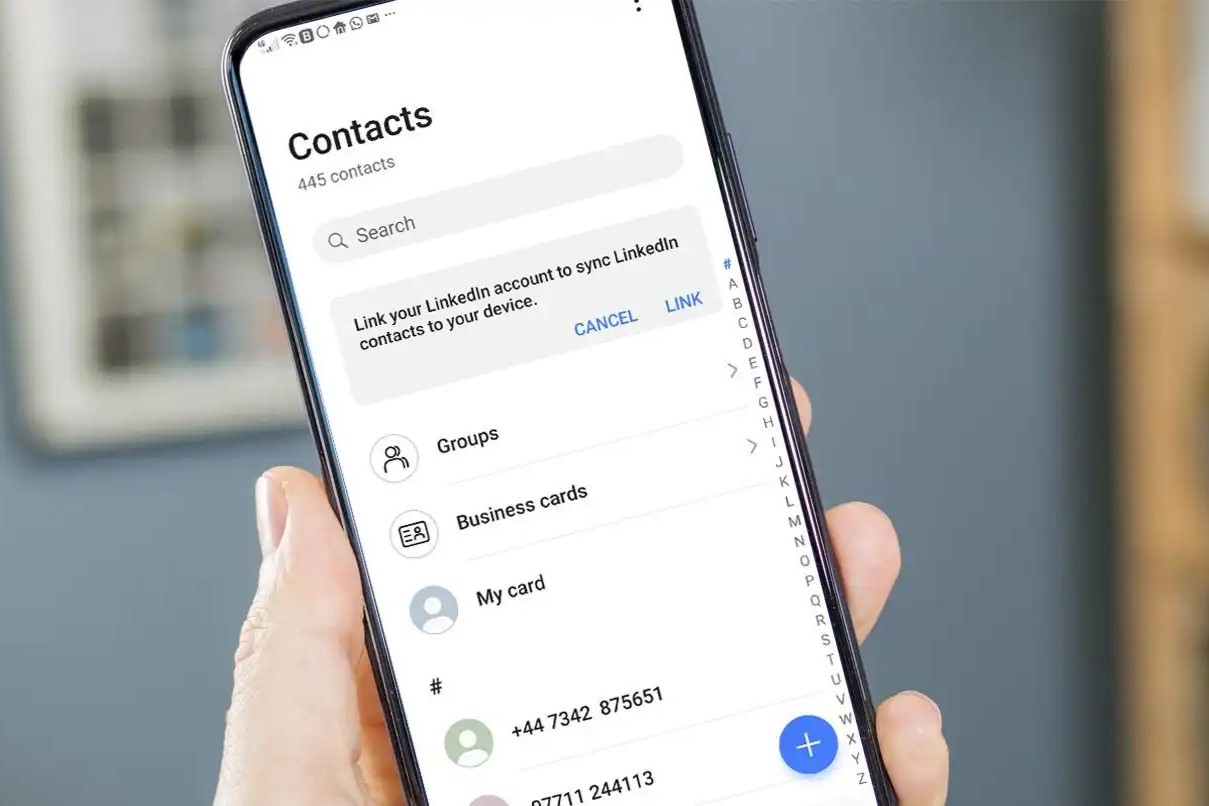Introduction
Mobile devices have become an indispensable part of our daily lives, and iPhones, in particular, have revolutionized the way we communicate, work, and entertain ourselves. The SIM card, a small but crucial component of an iPhone, plays a pivotal role in connecting us to the digital world. It stores essential data that enables us to make calls, send messages, and access mobile networks. However, many iPhone users may not be fully aware of the wealth of information that is stored on their SIM cards.
In this article, we will delve into the intriguing world of iPhone SIM cards, exploring the data they hold and the mechanisms by which this information is accessed. By gaining a deeper understanding of the inner workings of iPhone SIM cards, users can better appreciate the significance of this tiny yet powerful component in their devices.
Let's embark on a journey to uncover the mysteries of saved data on an iPhone SIM card, shedding light on its storage capabilities and the potential implications for users. This exploration will arm iPhone enthusiasts with valuable insights into their devices, empowering them to make informed decisions about managing and safeguarding their SIM card data. So, fasten your seatbelts as we embark on this enlightening expedition into the realm of iPhone SIM cards.
Understanding iPhone SIM Cards
An iPhone SIM card, or Subscriber Identity Module, is a small, removable card that is a key component of an iPhone's functionality. It serves as the link between the device and the mobile network, enabling users to make calls, send messages, and access mobile data. The SIM card contains vital information, including unique identifiers such as the International Mobile Subscriber Identity (IMSI) and the authentication key (Ki), which are essential for connecting to the network securely.
iPhone SIM cards come in various sizes, including the standard SIM, micro-SIM, and nano-SIM, with the latter being the most commonly used in modern iPhone models. Despite their diminutive size, SIM cards are powerful storage devices, capable of holding a range of data, including contacts, SMS messages, and network-specific information.
In addition to facilitating communication, SIM cards also play a crucial role in authenticating the user's identity to the mobile network. When an iPhone connects to a network, the SIM card provides the necessary credentials to verify the user's subscription and enable access to network services. This authentication process is fundamental to ensuring the security and integrity of mobile communications.
Furthermore, iPhone SIM cards are not only limited to storing user-related data. They also contain network-specific information, such as the preferred network operator, service provider settings, and authentication algorithms. This information is essential for seamless integration with the mobile network and ensures that the iPhone operates optimally within the network environment.
Understanding the significance of iPhone SIM cards goes beyond their physical presence in the device. It encompasses the critical role they play in enabling seamless communication and connectivity. By appreciating the multifaceted functions of SIM cards, iPhone users can gain a deeper insight into the inner workings of their devices, fostering a greater sense of connectivity and security in the digital realm.
Where Saved Data is Stored on an iPhone SIM Card
The storage of data on an iPhone SIM card is a fascinating aspect that holds valuable insights into the inner workings of mobile devices. While SIM cards are primarily associated with facilitating communication and network access, they also serve as repositories for essential user data. It's important to note that the storage capacity of a SIM card is relatively limited compared to the internal storage of an iPhone. However, the specific types of data stored on an iPhone SIM card are noteworthy.
-
Contact Information: One of the primary categories of data stored on an iPhone SIM card is contact information. This includes the names and phone numbers of contacts, allowing users to transfer their contacts from one device to another by simply moving the SIM card. While modern iPhones primarily store contact information in their internal memory or cloud services, the SIM card remains a reliable backup for this crucial data.
-
SMS Messages: SIM cards also have the capability to store a limited number of SMS (Short Message Service) messages. This feature is particularly useful for users who need to retain specific messages or transfer them to another device. Although the storage capacity for messages on a SIM card is modest, it serves as a convenient option for preserving important communications.
-
Network-Specific Information: In addition to user-related data, iPhone SIM cards store network-specific information essential for connecting to mobile networks. This includes details such as the preferred network operator, service provider settings, and authentication algorithms. By housing this information, SIM cards facilitate seamless integration with mobile networks and ensure that iPhones operate optimally within their network environments.
-
Security Credentials: iPhone SIM cards also store security credentials that are vital for authenticating the user's identity to the mobile network. These credentials, including the International Mobile Subscriber Identity (IMSI) and the authentication key (Ki), play a crucial role in verifying the user's subscription and enabling secure access to network services. The storage of these security credentials on the SIM card contributes to the overall security and integrity of mobile communications.
Understanding where saved data is stored on an iPhone SIM card provides users with a holistic view of the SIM card's functionality. While the storage capacity may be limited, the ability to retain contact information, messages, network-specific details, and security credentials underscores the significance of SIM cards as versatile storage devices within the iPhone ecosystem. This knowledge empowers users to appreciate the value of their SIM cards beyond basic network connectivity, highlighting their role as custodians of essential data.
How to Access Saved Data on an iPhone SIM Card
Accessing saved data on an iPhone SIM card involves a series of steps that allow users to retrieve and manage the stored information. While iPhone SIM cards are primarily associated with network connectivity, they also serve as repositories for essential user data, including contact information, SMS messages, and security credentials. Here's a detailed guide on how to access saved data on an iPhone SIM card:
Step 1: Remove the SIM Card
To access the saved data on an iPhone SIM card, the first step is to remove the SIM card from the iPhone. This process varies depending on the iPhone model, as different models may have different SIM card tray designs. Generally, a SIM card removal tool or a small paperclip can be used to eject the SIM card tray. Once the SIM card is removed, it can be placed into a compatible SIM card reader for further access.
Step 2: Use a SIM Card Reader
A SIM card reader is a device that allows the SIM card to be connected to a computer for data access. There are various types of SIM card readers available, including USB-based readers that can be directly connected to a computer. Once the SIM card is inserted into the reader and connected to the computer, specialized software can be used to access the data stored on the SIM card.
Step 3: Install SIM Card Reader Software
To access the saved data on the iPhone SIM card, it is essential to install SIM card reader software on the computer. This software enables the computer to recognize the SIM card and access its contents. There are several reputable SIM card reader software programs available, each offering a user-friendly interface for managing the data stored on the SIM card.
Step 4: Retrieve Data
Once the SIM card is connected to the computer and the SIM card reader software is installed, users can retrieve the saved data from the SIM card. This includes accessing contact information, viewing stored SMS messages, and managing network-specific details. The software provides a comprehensive view of the data stored on the SIM card, allowing users to extract and manage the information as needed.
Step 5: Backup and Management
After accessing the saved data on the iPhone SIM card, it is advisable to create backups of the data to ensure its security and integrity. Users can utilize the SIM card reader software to create backups of contact information and SMS messages, providing an additional layer of protection for the stored data. Furthermore, the software allows for the management of network-specific information and security credentials, offering users the ability to maintain and update these details as required.
By following these steps, users can effectively access and manage the saved data on an iPhone SIM card, gaining valuable insights into the information stored within this essential component of their devices. This process empowers users to take control of their SIM card data, ensuring its accessibility and security while leveraging the multifaceted capabilities of iPhone SIM cards beyond traditional network connectivity.
Risks and Considerations
When exploring the saved data on an iPhone SIM card, it is essential to consider the potential risks and implications associated with accessing and managing this data. While the SIM card serves as a valuable repository for essential user information, there are inherent risks and considerations that users should be mindful of when dealing with SIM card data.
Data Security and Privacy
One of the primary considerations when accessing saved data on an iPhone SIM card is data security and privacy. SIM cards store sensitive information, including contact details, SMS messages, and security credentials. As such, users must exercise caution to ensure that this data is protected from unauthorized access and potential breaches. When using SIM card reader software to access and manage the stored data, it is crucial to employ robust security measures, such as encryption and secure data transfer protocols, to safeguard the integrity of the information.
Data Loss and Corruption
Another risk associated with managing SIM card data is the potential for data loss and corruption. While accessing the saved data, there is a possibility of accidental deletion or alteration of critical information stored on the SIM card. Additionally, improper handling of the SIM card or using incompatible SIM card reader devices can lead to data corruption, rendering the stored information inaccessible or unusable. Users should exercise caution and follow best practices when accessing and managing SIM card data to mitigate the risk of data loss and corruption.
Legal and Regulatory Compliance
The management of SIM card data also raises considerations related to legal and regulatory compliance. Depending on the jurisdiction, there may be specific laws and regulations governing the access and use of SIM card data. Users must ensure that their actions comply with relevant privacy and data protection laws to avoid potential legal implications. Additionally, respecting the privacy rights of individuals whose data is stored on the SIM card is paramount, and users should adhere to ethical standards when handling this information.
Device and Network Compatibility
When accessing saved data on an iPhone SIM card, users should consider the compatibility of the SIM card with different devices and mobile networks. Not all SIM card reader devices may be compatible with specific iPhone models or network configurations, leading to potential compatibility issues. It is essential to verify the compatibility of SIM card reader hardware and software to ensure seamless access to the stored data without risking damage to the SIM card or the connected devices.
User Awareness and Education
A critical consideration in managing SIM card data is user awareness and education. Many iPhone users may not be fully aware of the capabilities and risks associated with accessing saved data on their SIM cards. Providing users with comprehensive information and guidance on best practices for accessing and managing SIM card data is essential in fostering a responsible and informed approach to SIM card usage.
By acknowledging and addressing these risks and considerations, users can navigate the landscape of saved data on an iPhone SIM card with greater awareness and preparedness. This proactive approach enables users to harness the benefits of SIM card data while mitigating potential risks and ensuring the security and integrity of the stored information.
Conclusion
In conclusion, the exploration of saved data on an iPhone SIM card unveils a captivating realm of information storage and connectivity within the iPhone ecosystem. From contact details and SMS messages to security credentials and network-specific information, the SIM card serves as a versatile repository for essential user data. By understanding the multifaceted functions of the SIM card, iPhone users can gain a deeper appreciation for this unassuming yet powerful component of their devices.
The process of accessing and managing saved data on an iPhone SIM card involves careful consideration of potential risks and implications. Data security, privacy, legal compliance, and device compatibility are crucial factors that users must bear in mind when dealing with SIM card data. By approaching the management of SIM card data with awareness and adherence to best practices, users can safeguard the integrity of their information while leveraging the capabilities of their SIM cards effectively.
Furthermore, the significance of SIM cards extends beyond their role in network connectivity. They represent a link to the user's digital identity, housing vital information that facilitates communication and authentication within the mobile network. As technology continues to evolve, the role of SIM cards in preserving and managing user data remains an essential aspect of the iPhone experience.
Ultimately, the exploration of saved data on an iPhone SIM card empowers users to take control of their SIM card data, ensuring its accessibility, security, and integrity. By recognizing the value of the stored information and embracing responsible practices for managing SIM card data, users can enhance their understanding of their devices and foster a greater sense of connectivity and security in the digital realm.
As we conclude this exploration, let us carry forward the insights gained into the realm of iPhone SIM cards, embracing the potential of this small yet significant component in shaping our digital experiences. The journey to uncover the mysteries of saved data on an iPhone SIM card has equipped us with valuable knowledge and a deeper understanding of the inner workings of our devices, paving the way for informed and empowered SIM card usage.
In the ever-evolving landscape of mobile technology, the iPhone SIM card remains a steadfast guardian of user data, bridging the gap between connectivity and security. Let us embark on our ongoing digital adventures with a newfound appreciation for the role of SIM cards in preserving and managing our essential information, ensuring that our connections remain secure and our data remains accessible.







